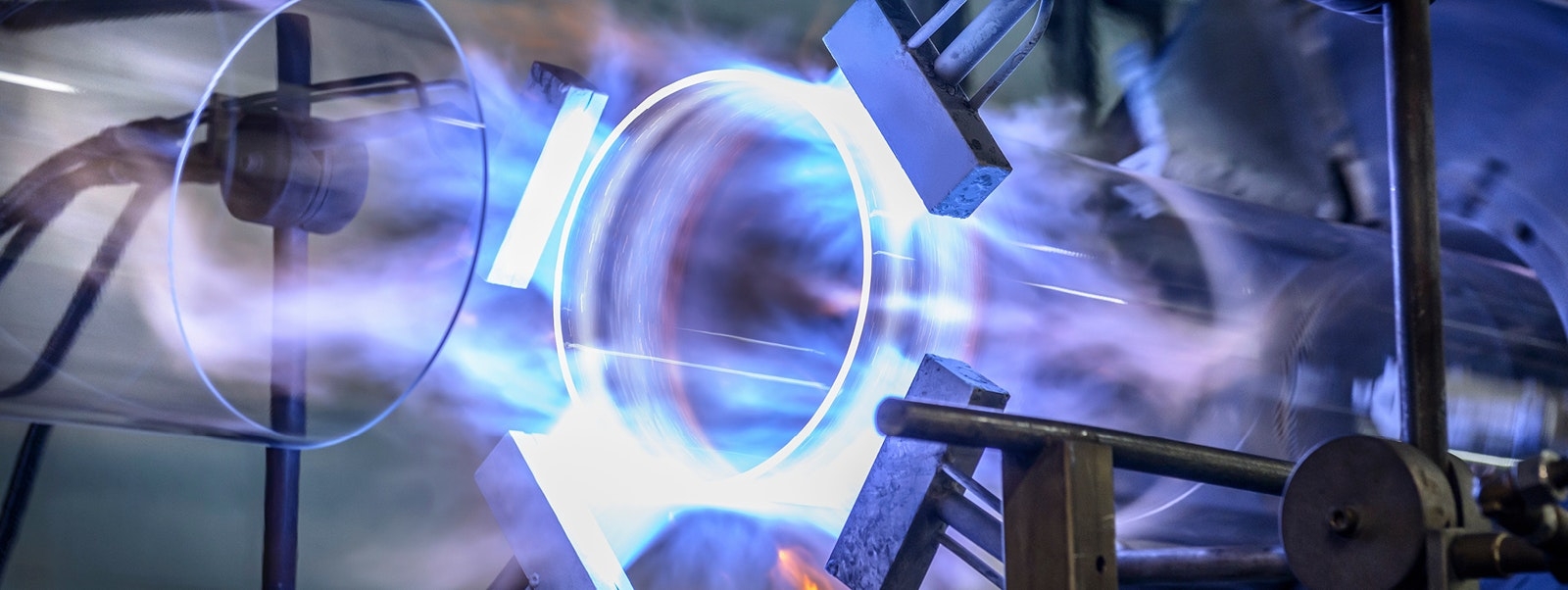The adoption of Factory of the Future technologies by companies is gaining momentum, as firms – having completed the first round of proof-of-concept (POC) phase – begin to embrace full-scale implementation of key disruptive innovations, such as cobots, additive manufacturing, machine-to-machine communication, big data, and analytics.
Digital transformation promises numerous gains comparable to those created by the introduction of business process re-engineering at the end of the past century. Given these trends, industrial directors at manufacturers must act now or risk lagging in maintaining cost competitiveness, delivering client services, and attracting talent.
Companies should not underestimate the urgency of getting the process started, as it could take a decade to make the full transition. The bigger manufacturers are already working on these innovations: having prioritized equipment modernization and human/machine interfaces, they are moving towards implementing big data, analytics, real-time visual management, and automating processes. Meanwhile, smaller firms are falling behind. But to move forward in this transformation, industrial directors first must address three key challenges: a shortage in technologically skilled employees; a clear-cut business case for investing in new technologies; and a strategy for integrating the technologies into legacy equipment.
12% of respondent companies declare having a mature Factory of the Future plan
AWARENESS OF INDUSTRY 4.0 IS GROWING
Acceptance of the digital technologies underpinning the Factory of the Future (FoF) is gathering speed. Having conducted test-and-learn initiatives on a range of disruptive technologies, firms have a growing understanding of the key Industry 4.0 technologies.
The increased consciousness is reflected in a new survey by Oliver Wyman/ L'Usine Nouvelle of industrial firms: 80 percent said they were familiar with key FoF concepts while 20 percent said they were familiar with all of the concepts. A survey conducted a year earlier found that 65 percent were familiar with the core concepts and just 4 percent knew about all of them.
DISPARITY BETWEEN BIG AND SMALL COMPANIES
While operational teams are familiar with additive manufacturing, simulation tools, big data and analytics, and cobots, deployment is still in its nascent state and limited to a few production lines. But the growing share of capital‑expenditure (capex) budgets aimed at digital underscores the pace of change: a quarter of the manufacturers surveyed said they are investing between 20 percent and 50 percent of capex into digitally transforming their production capabilities, a jump from 2016. Furthest along on the digital journey are the automotive, aeronautics, utilities, and transportation sectors.
The 2017 survey also highlights a growing disparity between the bigger and smaller companies in their approach to FoF. Large companies are working on more than half of the digital concepts, with equipment modernization (especially the human/machine interface) heading the list of priorities, followed by big data and analytics, real-time visual management, and automating tasks.
More than 70 percent of respondents have implemented solutions for storing and using data, opening doors to more opportunities, such as predictive maintenance, planning and scheduling optimization, and process improvements. Meanwhile, smaller firms are falling behind, with only a third of them having studied the concepts.
TRANSFORMATIVE BENEFITS
Digital transformation will bring key disruptive benefits, including cost efficiencies, improved client services, and better working conditions. Three‑quarters of the respondents believe improvements in productivity and cost efficiencies will lead in key benefits of the Industry 4.0, noting that use cases have shown improvements in overall equipment effectiveness of 20-plus points and cut lead time and improved production quality.
Besides internal benefits, client satisfaction and service improvements are top of mind for industrial directors. More than 65 percent expect digital technologies will let them be more responsive to clients and provide better services, versus 50 percent in 2016. Additionally, the technologies will lead to new services based on data, improving margins and generating new streams of revenue.
BIGGEST CHALLENGES AHEAD
The greatest challenge facing manufacturers large and small concerns the issue of human capital, rather than hardware or smart-robot deployment. Nearly half the respondent companies point to a lack of both hard and soft internal skills to make the transformation happen fast. (See Exhibit 1.) Roughly a third say they lack competency in many key areas, including operation technologies, data, cybersecurity, systems integration, and change management. To tackle this hurdle, more than 70 percent said they are developing their operating model together with partners, including IT companies, startups, and academics.
Another key roadblock facing industrial directors is the need to make the return on investment (ROI) case for what is certain to be a costly investment, especially at companies with more than 1,000 employees. Getting an overarching view on ROI is a prerequisite for the transformation.
Exhibit 1: Main challenges to implement Factory of the Future at scale
Source: Oliver Wyman analysis and L’Usine Nouvelle survey 2017
A HOLISTIC TRANSFORMATION
To overcome these challenges, industrial companies must put together a comprehensive roadmap, defining their strategic intent and operational solutions and guiding investment towards areas that will have the greatest impact.
Based on this roadmap, investment in technologies and equipment must be prioritized, to upgrade old equipment and digitize complete production lines. Target organization and governance must be redesigned to ensure monitoring and consistency of the transformation. HR must evolve to integrate skilled workers and support the legacy workforce. Finally, operational and purchasing teams must set up the eco-system of partners and startups that will support fast‑development of skills and testing of key technologies.
ROADMAP FOR THE FUTURE
The Factory of the Future has arrived, driven by fast-evolving digital technologies. Companies cannot afford to underestimate the urgency to get moving on this process, as it could take a decade or more to make the full transition. The changes brought about by the FoF will be all encompassing, involving every aspect of business, from production and processes, to governance.
Industrial directors must develop a comprehensive roadmap for traversing the journey that lies ahead, streamlining and focusing on the ramping up of skills, technology and investment, organization and governance, IT and cyber, and building an innovation ecosystem. Building and deploying this multi-dimensional roadmap is critical to competing in cost, client satisfaction, and attracting talent.
The Oliver Wyman/L'Usine Nouvelle survey
This article is based on the Oliver Wyman and L'Usine Nouvelle online survey conducted between August and September 2017, with industrial firms.






